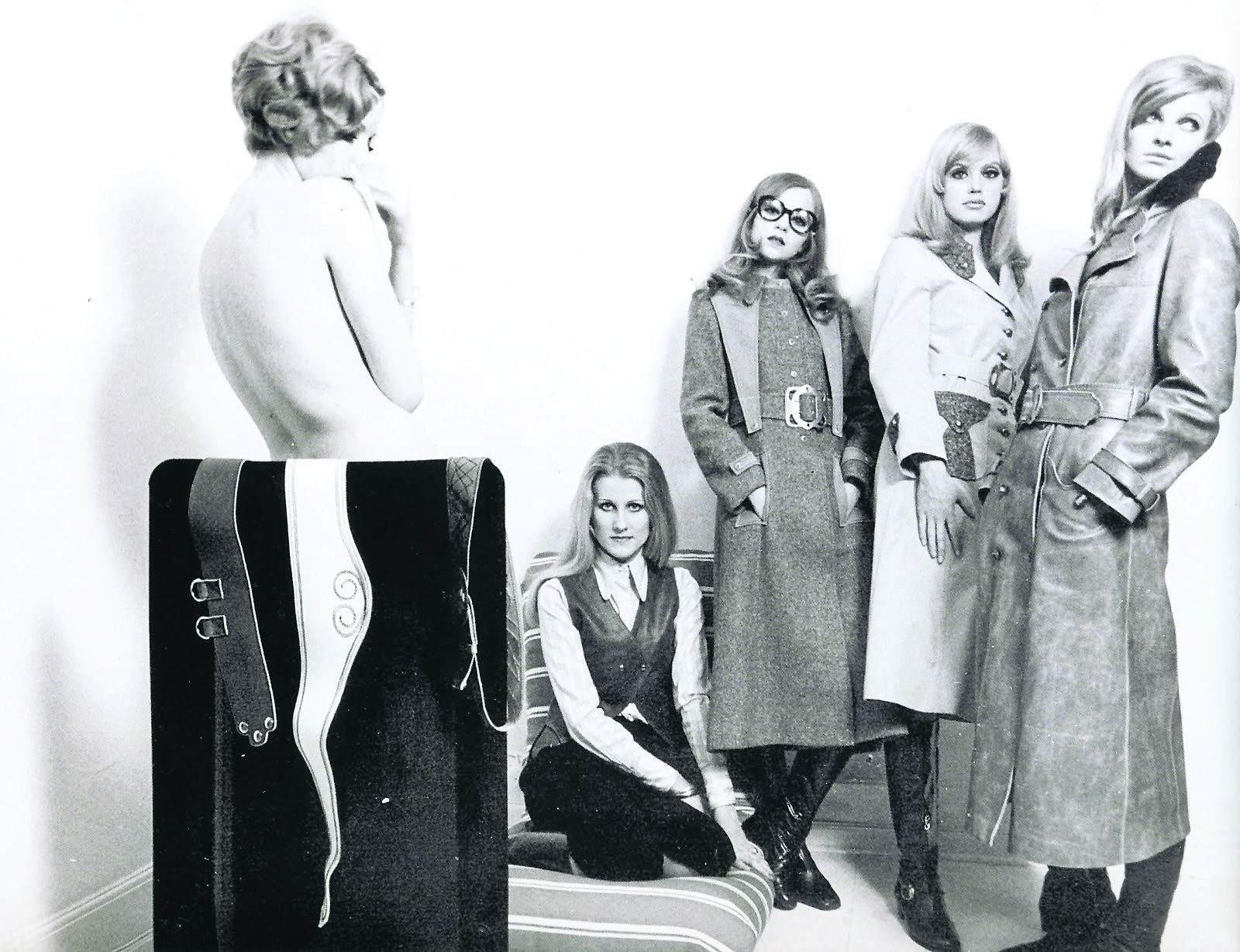This year’s Copenhagen Fashion Week was once again missing one of its greatest designers. Margit Brandt, who influenced Danish wardrobes for nearly 50 years with her short, tight skirts and trendy outfits, passed away in 2012 from chronic lung disease at the age of 66.
Brandt’s groundbreaking dress designs fairly exploded onto the international fashion scene when she unveiled her new B-age collection at the 1965 Copenhagen Fashion Fair. The ‘60s may have been swinging in nearby London, but to conservative critics in Copenhagen, the new designs were a shock.
They were considered too close-fitting, with hemlines too short to be respectable. Fashion at the time, at least in Denmark, appealed more to genteel ladies than modern young women. Ordinary people seemed less concerned, but for Danish women in their 20s, this was exactly the kind of new clothing they wanted. The B-age skirt was Brandt’s answer to Mary Quant’s Carnaby Street Mini, and before long other designers were attempting to imitate the B-age look that had come to epitomise cool Scandinavian style and free expression.
Young talent
Brandt had seemed destined for great things from a young age. By 17, she had already won several competitions for her clothing designs, and her talent was noticed while she was a student at the Scandinavian Academy of International Fashion and Design. It was in Paris, however, that her life would change forever – romantically as well as professionally.
Brandt moved to Paris immediately after graduating from school, taking an apprenticeship with Pierre Balmain, the world-famous designer, who was then known as the master of elegant sophistication. Soon recognised for her own inventive, confident style, she moved up the career ladder to work at the successful couture house of Louis Féraud.
In the mid-’60s, Brandt returned to Denmark with a husband, Erik, and a portfolio of radical dress designs the likes of which Denmark had never seen before. Erik, a fellow Dane who was not much older than Brandt, had also been working with Paris’s fashion elite at the prêt-à-porter company Mendes. The pair would go on to become one of the most successful designer couples of all time.
Their jet-setting lifestyle had limitations in modest Denmark, bringing them instead to creative capital
New York glitz
New York in the 1980s, where they were soon regulars at the fashionable discotheque Studio 54. Anecdotes from the time recount the pair ‘bumping into’ the likes of actress Brigitte Bardot, musicians Mick Jagger and David Bowie, author Truman Capote and famously reclusive artist Andy Warhol, who actually visited the Brandt family in Copenhagen. A photograph from the time shows their two young daughters looking visibly uncomfortable in the presence of the eccentric celebrity artist.
Whether the Brandts were at home or abroad, regular people loved to follow their lives – they were the closest thing that Denmark had to celebrity royalty, and photographs of them on glamorous holidays enjoying a jet-set lifestyle were common in domestic as well as international gossip weeklies.
Despite her glitzy image, Brandt was unusually shy and retiring. It was her husband Erik that had an uncanny eye for marketing, and he staged a number of publicity stunts that were ahead of their time.
One such stunt occurred when the Brandts found themselves impossibly behind schedule. Realising that their new collection would not be ready in time, Erik arranged a photo shoot with him and Margit surrounded by several of their naked models. The picture was famously publicised, accompanied by the text: “Waiting for new collections”.
In another, Margit once designed a collection of coats with armholes that were too small for any normal-sized woman. They were inspired by her time in Paris, but didn’t sell well in Denmark. Erik explained to their Danish clients that they were simply the “wrong customers” – there was nothing wrong with the coats.
Place in history
Brandt is one of very few Danish fashion designers to have been the subject of her own art exhibition. In 2010, Designmuseum Danmark exhibited ‘Walk on the Wild Side’, a collection of her work that attempted to show Brandt’s impact on contemporary fashion design rather than her life in the gossip columns. She was also awarded the Cross of Dannebrog by Queen Margrete in 2007.
Clearly, Brandt’s place in fashion history is secure – in her book ‘Fashion Genius of the World’ (1979), Serena Sinclair places Brandt second only to Britain’s Mary Quant. And the Brandt name remains an important global brand even after her death.
The company was relaunched in 2005 when the couple permanently returned to Denmark from New York, and it continues to be a family operation – Erik is still involved, and their daughter Julie is the firm’s creative director.
But it wasn’t just the Brandts’ professional relationship that was successful: unusual among those in the celebrity world, their love for each other lasted a lifetime, and a tearful, deeply saddened Erik was at Margit’s side when she died.














